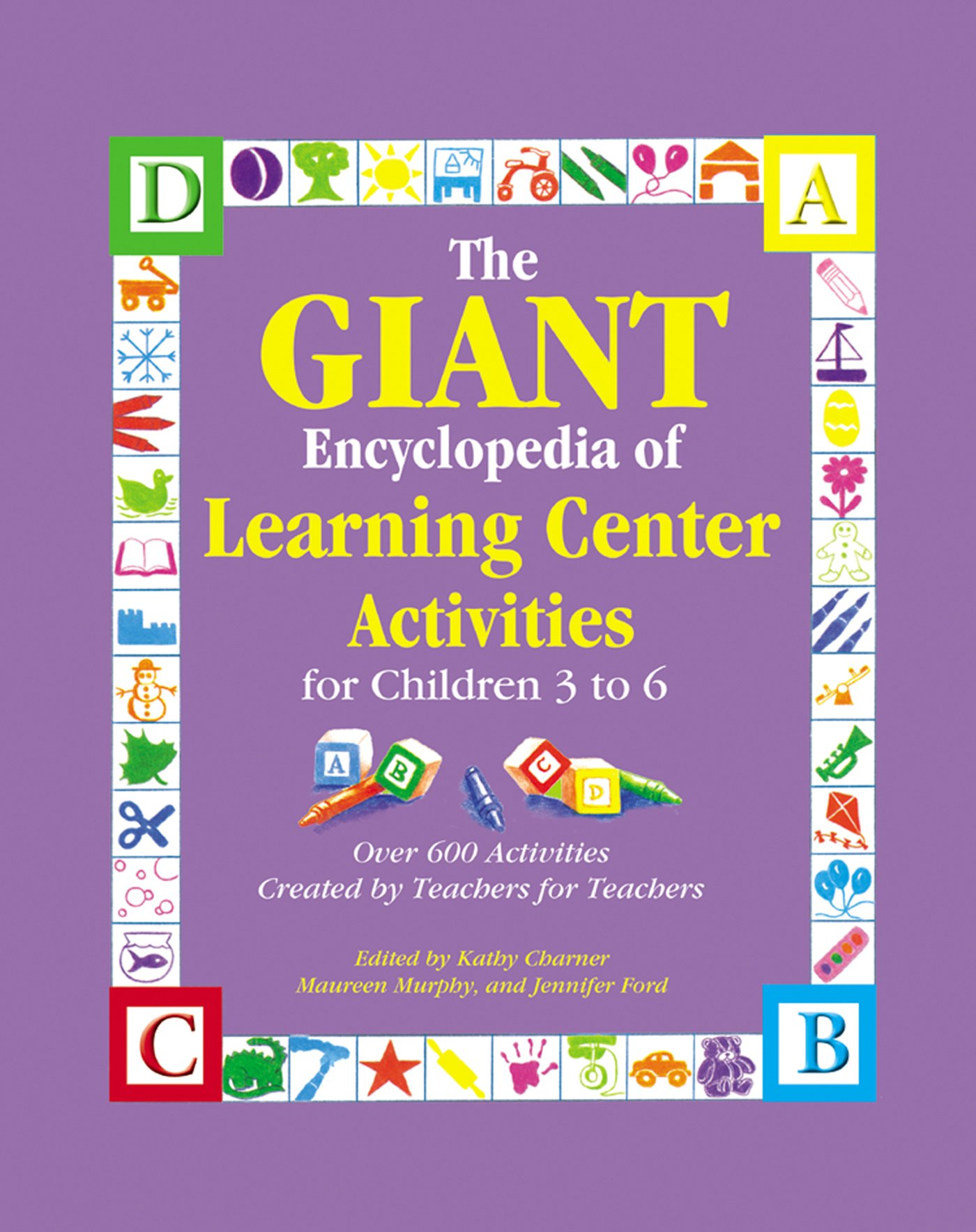Materials
dinner plate
cardstock paper
colored pens or crayons
scissors
plain paper cups
laminate or clear adhesive paper
Instructions
1. Use a box cutter to cut a teller window in each refrigerator box (adult only).
Cut a door in the back of each box. Make a "Teller" sign to put above each
teller window.
2. At large group time, ask the children if they have ever been in a bank. Show
the children real money, and let them touch and examine the bills. Talk about
each type of denomination. Have the children help you count each type of
coin. Ask the children what they think they could buy with that amount of
money.
3. Tell the children that they will be playing "bank." Explain that they cannot use
real money in their play, so they will use photocopies of the bills instead. Cut
apart the photocopied bills and place them in the cash register drawers.
Divide the coins between the two drawers.
4. Ask the children if they know the name of the bank their parents use. Help
them think of a name for their bank. Write the name on a large piece of craft
paper and post it in a prominent spot.
5. Place a small table inside each refrigerator box and place one cash drawer on
each table. Put the dress-up clothes in an easily accessible area.
6. Using the buttons as a template, trace a circle on craft paper for each button.
Print the bank's name on the circles. Cut out the circles and tape them to the
buttons. Loop some yarn and tape it to the back of the buttons, making two
necklaces. Tell the children that if they want to "work" in the bank, they must
wear one of the bank necklaces. This will help control the flow of children in
the bank. The children wearing necklaces are tellers, and the rest are
customers.
7. Put the two teller windows in an easily accessible area of the room. There
should be plenty of room for the children to enter and exit the teller window
from the rear and room for the customers to line up at each window.
8. The customers can approach the windows and withdraw money. Then they
can use the money in other interest areas before returning to make a
deposit.
9. If you notice a child making a lot of withdrawals and stockpiling money,
suggest that he return to the bank to make a deposit. This will help keep the
money flowing.
10. For added fun, distribute large denominations of play money to children and
staff from other classrooms. Ask teachers to bring their children to your bank.
The children can ask for change for their large bills, and make deposits or
withdrawals.
